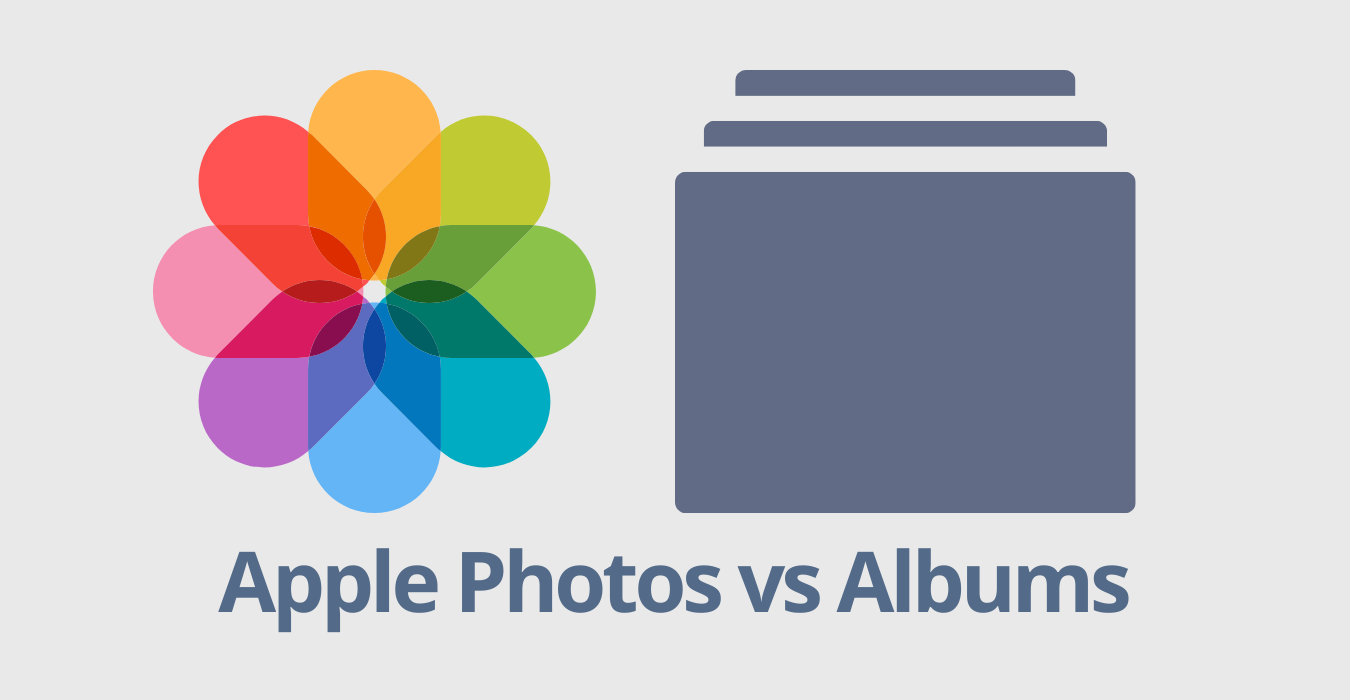Mastering Apple Photos: An overview of the Apple Photos app and albums.
Ok let's back it up from last week’s post. If you missed it, read it here. To understand Apple Photos, we need to cover some of the key features including albums.
Are you like me a bit and have a ton of albums (that you really need to purge) or just a few with no real purpose? Let's talk about these two key pieces to albums and how you can optimize them for what you need.
Albums:
Albums in Apple Photos are essentially virtual folders that allow you to organize and group your photos and videos based on your preferences. Here's a closer look at what albums offer:
- Manual Organization: You have full control over which photos and videos you include in an album. You can curate albums for specific themes, events, or any other criteria you choose.
- Non-Destructive: Creating albums doesn't duplicate your original photos. Instead, it creates references to the existing photos in your library. This means albums take up very little additional storage space.
- Customization: You can arrange the order of photos within an album to tell a visual story or showcase images in a specific sequence.
- Offline Access: You can download albums to your device, allowing you to access the content even when you're offline. This can be especially useful when you want to show someone a specific collection of photos without needing an internet connection.
- Editing: When you make edits to a photo within an album, the changes are non-destructive and won't affect the original photo in your library.
Shared Albums:
Shared Albums are a collaborative feature within Apple Photos that allows you to share collections of photos and videos with others. I use this feature to share photos/videos of my kids with my parents and my brother. Here's how shared albums stands out:
- Collaboration: You can create a Shared Album and invite friends, family, or colleagues to contribute their own photos and videos. It's a great way to gather memories from multiple perspectives into a single album.
- Access Control: You can control who can view and contribute to a Shared Album. This helps you maintain privacy and choose who can actively participate.
- Real-Time Updates: Whenever someone adds new photos or videos to a Shared Album, it's updated in real-time for all participants. This allows everyone to see the latest content as it's added.
- Comments and Likes: People who have access to the Shared Album can leave comments and like individual photos, creating a social and interactive experience.
- Cross-Platform Sharing: Shared Albums can be accessed not only by Apple users but also by people using non-Apple devices. They can view and interact with the Shared Album content through a web browser.
In essence, while both Albums and Shared Albums help you organize your visual content, Albums are more about personalized organization and presentation, while Shared Albums focus on collaboration and sharing experiences with others. They serve different purposes but can work together to help you manage and share your memories in a way that suits your needs.


